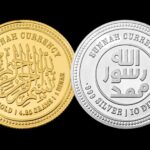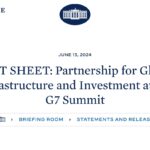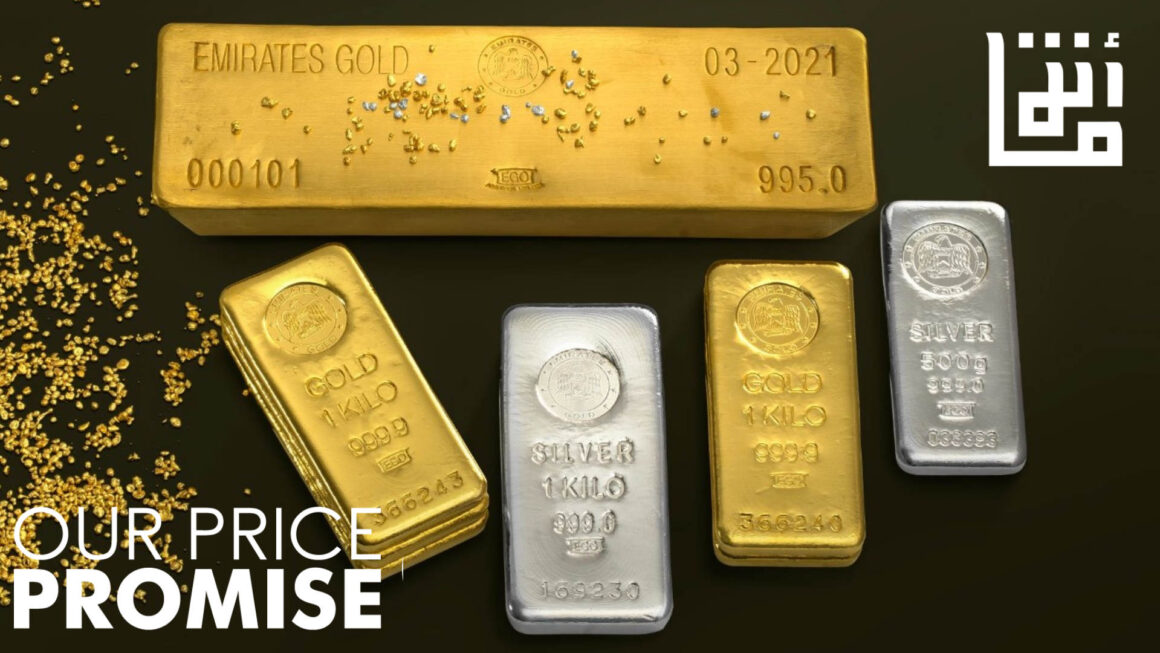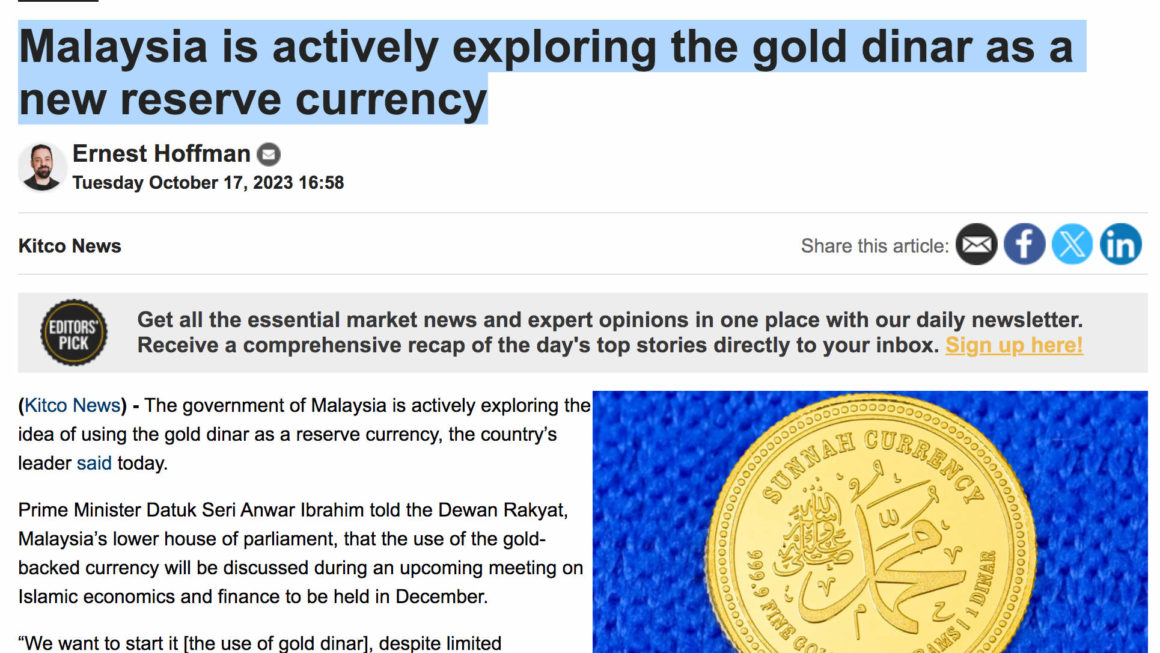The long-standing petrodollar agreement between the United States and Saudi Arabia, a cornerstone of global economic relations since 1974, has come to an end after 50 years. This historic pact, forged in the aftermath of the Yom Kippur War and subsequent oil embargo, established the U.S. dollar as the primary currency for global oil transactions, thereby securing the dollar’s dominance in international finance.
### Background and Significance of the Petrodollar
In June 1974, then-U.S. Secretary of State Henry Kissinger and Saudi Crown Prince Fahd reached an agreement that fundamentally reshaped global economics. Under this pact, Saudi Arabia committed to pricing its oil exclusively in U.S. dollars in exchange for American military and economic support. This arrangement led to other OPEC nations adopting similar policies, creating a robust demand for the U.S. dollar worldwide. The petrodollar system not only bolstered the U.S. dollar but also facilitated a steady stream of foreign investments into U.S. Treasury bonds and securities, recycling petrodollars back into the American economy【source 1】【source 2】.
### Reasons for the Shift
Several factors have contributed to the dissolution of the petrodollar system. Key among them are the geopolitical shifts and changing economic landscapes. The increasing U.S. energy independence, driven by shale oil production, has reduced American reliance on Middle Eastern oil. Simultaneously, Saudi Arabia has been diversifying its economic partnerships, especially with China and other Asian economies, which are now its major oil consumers【source 3】.
Moreover, the geopolitical dynamics between the U.S. and Saudi Arabia have evolved. The U.S. has been increasingly critical of Saudi Arabia’s human rights record and other internal policies, straining bilateral relations. Meanwhile, Saudi Arabia’s Vision 2030 initiative, led by Crown Prince Mohammed bin Salman, aims to diversify the kingdom’s economy away from oil dependence, further diminishing the need to rely solely on the U.S. dollar for its oil transactions.
### Impact and Future Prospects
The end of the petrodollar system marks a significant shift in global economic power. Saudi Arabia’s willingness to trade oil in multiple currencies, including the Chinese yuan, reflects a broader trend of de-dollarisation. Other countries, such as Russia, India, and members of BRICS, are also moving towards trading in their local currencies. This diversification is expected to weaken the dominance of the U.S. dollar in global trade and finance over time.
This shift is not merely symbolic but signifies a substantial reorientation of economic alliances and financial strategies. If major oil producers continue to move away from the U.S. dollar, it could lead to significant adjustments in global financial markets, including the potential decline in the dollar’s value and influence.
### Conclusion
The end of the U.S.-Saudi petrodollar agreement after 50 years underscores the changing dynamics of global economic and geopolitical relations. As Saudi Arabia and other nations pivot towards a more diversified economic strategy, the era of the petrodollar is coming to a close, heralding a new phase in the international financial system. This transition presents both challenges and opportunities for the Muslim world, reshaping the landscape of global trade and currency exchange in the years to come.














